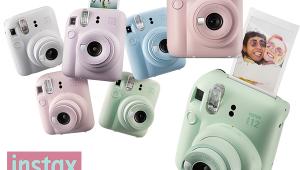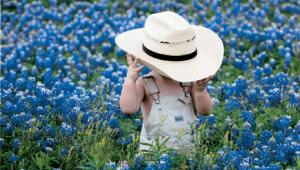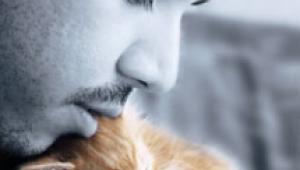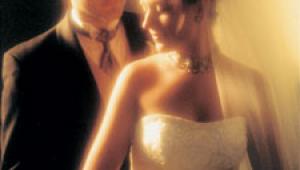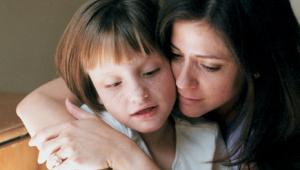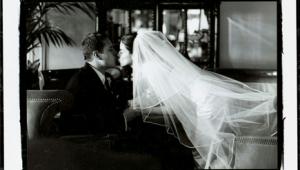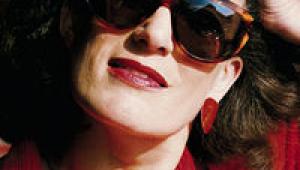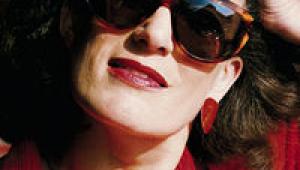Great Kid Shots Page 2
Keep your compositions as simple as possible, unless you really want to add
something to help tell a story in your photos. For example, you can show a child
with a prop, such as a favorite pet or teddy bear. In a planned portrait, props
give the child something to do besides standing there self-consciously, and
they can also be used as good compositional elements. Kids will sometimes pick
up things naturally or have fun with even the simplest objects. Encourage the
child's creativity, and start taking pictures. Photographing activities
like this can help draw the viewer into the child's world. One way to
get some engaging images is to ask a child to show you his favorite toy. Shoot
pictures while the child is hunting for it in the toy box, and then of his proud
expression when he shows it to you.
Keep the background simple. Cluttered backgrounds fight with the subject of
a photo for the viewer's attention. When looking through the viewfinder,
quickly ask yourself what can be eliminated from the photo. Sometimes, just
changing your position slightly will make a big difference in what's behind
the child.
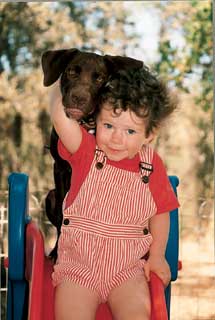 |
 |
||
|
|
As with all other types of photography, the right lighting is important. Shoot
early or late in the day, as the sunlight will come from a more-flattering angle
than that of midday. Also, overcast days or open shade are good for all types
of people photography, as this type of illumination produces a pleasant, soft
lighting. Fill-flash will give you subtle flash illumination, even outdoors.
When photographing children playing outdoors, consider using fast film, like
ISO 400 (or a fast ISO setting on your digital camera), even in bright light.
Also, use the sports setting on your compact camera to help freeze kids'
action. If your camera has a zoom lens, you can vary the framing of a scene
by zooming in and out, instead of running to keep up with your subjects.
- Log in or register to post comments
